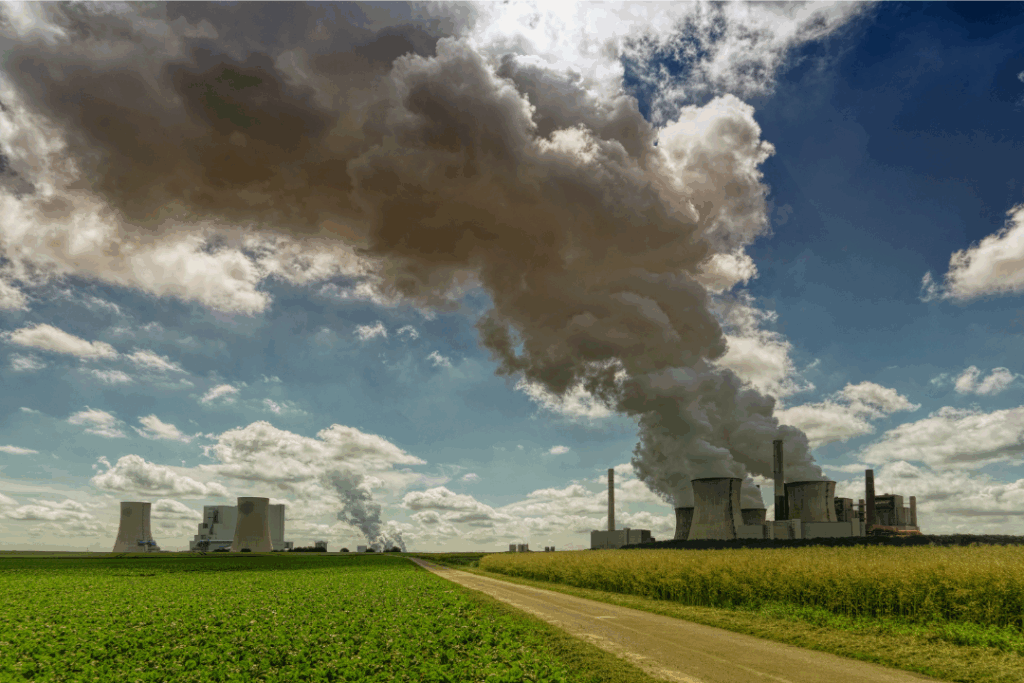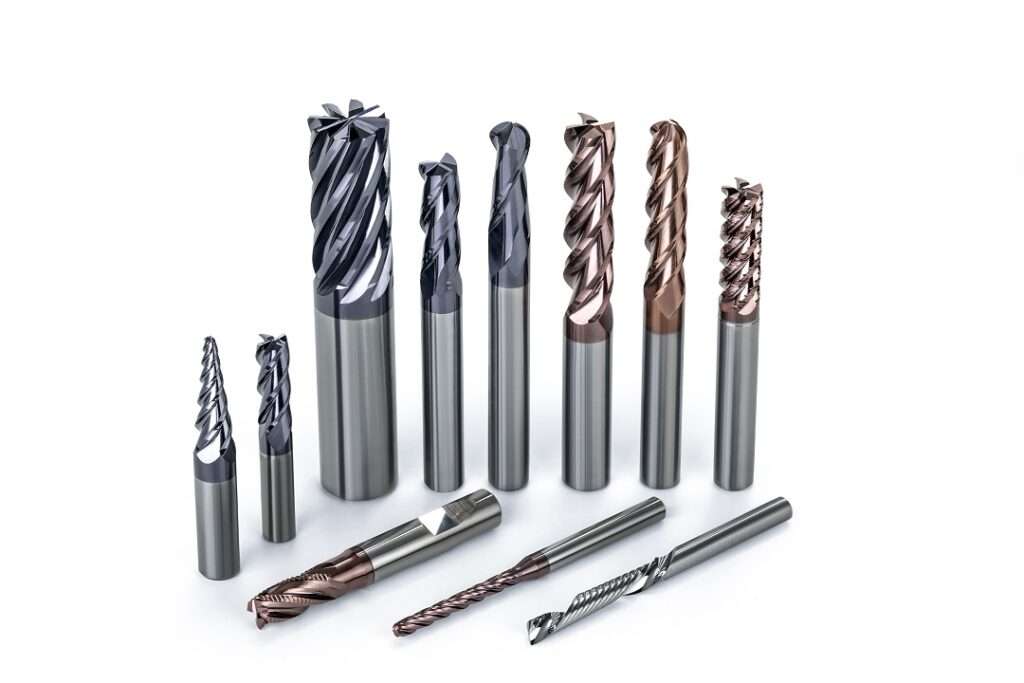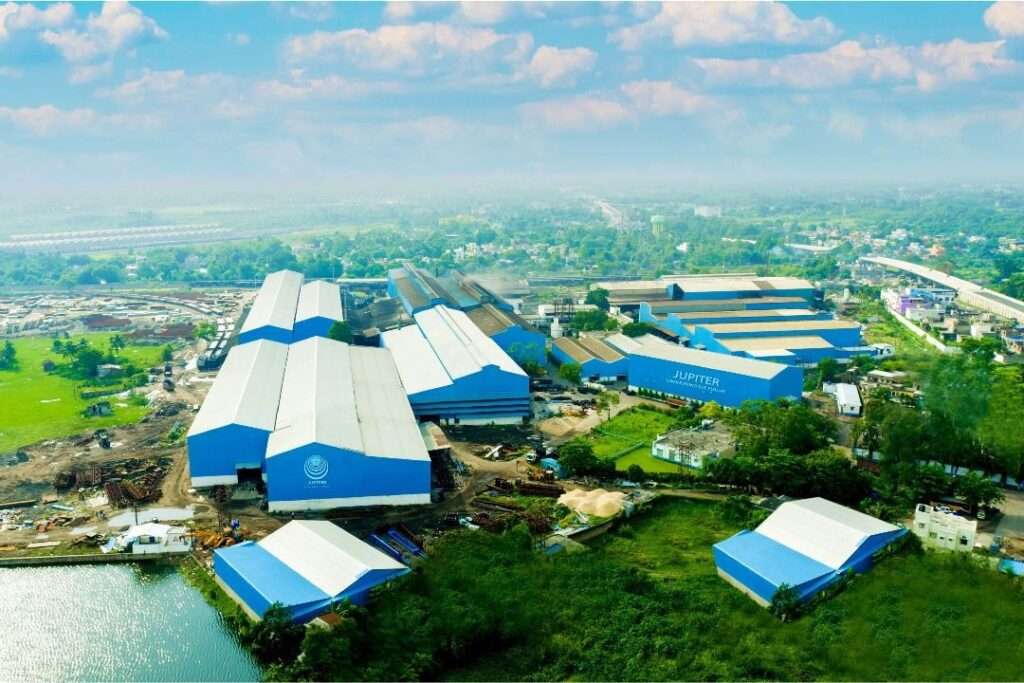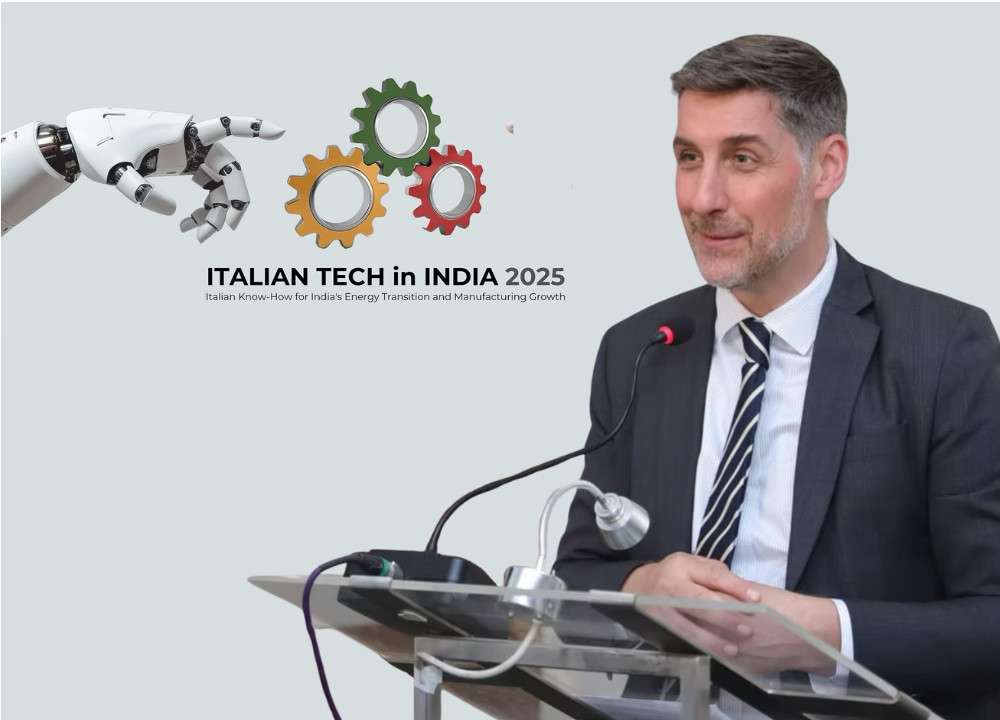The renewed emphasis by the government on establishing thermal power projects, combined with a significant increase in electricity demand, has positively impacted BHEL Ltd., India’s largest manufacturer of power equipment. According to sources familiar with the situation, BHEL, which had faced challenges in securing power equipment contracts for nearly three years prior to the fiscal year 2024, has now seen its fortunes shift dramatically.
The company currently boasts a full order book for boilers, as well as engineering, procurement, and construction (EPC) contracts. However, insiders indicate that BHEL is experiencing constraints in its manufacturing capacity.
In the fiscal year 2024, BHEL secured orders valued at approximately ₹52,000 crore for 9.6 gigawatts (GW) of thermal power projects, marking the highest value of coal-based project orders in the company’s history. The upward trend in order placements is anticipated to persist into fiscal year 2025, as the government has outlined plans to establish 80 GW of thermal power capacity by the year 2032.
The power sector constitutes about 70% of BHEL’s overall operations, with the remaining portion focused on industrial segments. This industrial segment encompasses significant equipment supply and EPC services for various industries, including transportation, transmission, defense, aerospace, and captive power plants.
Notably, BHEL had not received any orders in the thermal power domain for a substantial period—from August 2019 until September 2022. However, the company is now experiencing a resurgence in orders and inquiries from private sector entities for the procurement of boiler, turbine, and generator (BTG) products, as mentioned by one of the insiders.
This shift in demand is indicative of a broader recovery in the thermal power landscape. While BHEL’s full order book raises concerns regarding the company’s limited capacity to manufacture boilers and other essential equipment, which may impede the expansion of India’s thermal power infrastructure, BHEL remains optimistic.
In its annual report for FY24, the company emphasized that the primary growth opportunities lie in the government’s ambitious plans to increase the country’s thermal power generation capacity to approximately 280 GW by 2032. BHEL is confident in its ability to capitalize on this opportunity, leveraging its extensive expertise in power equipment manufacturing and its experience in establishing thermal power plants.
An official from NTPC, the largest power producer in the country, expressed optimism regarding BHEL’s ability to fulfill its share of boiler and other product orders within the necessary timelines, despite the company’s busy order book. However, queries directed to both BHEL and NTPC went unanswered prior to the publication of this report.
The shift towards thermal energy generation has been largely driven by a significant surge in the country’s peak electricity demand, which reached unprecedented levels in FY24, surpassing even the peak demand recorded during the summer of this year.
According to BHEL’s annual report, India’s peak electricity demand peaked at 243 GW in FY24 and is projected to escalate to 384 GW by FY32. The company believes that the rush to meet India’s growing electricity requirements will persist over the coming years.
Furthermore, BHEL reported that electricity generation has experienced a year-on-year growth rate of 7%, a trend that is expected to continue in the near to medium term. This anticipated growth underscores the critical role that BHEL will play in supporting India’s energy needs as the country aims to expand its thermal power capabilities significantly in the years to come.
BHEL is India’s largest power equipment manufacturer, specializing in engineering, procurement, and construction services. Founded in 1964, the state-run company plays a pivotal role in the power sector, supplying boilers, turbines, and generators. BHEL also serves various industries, including defense, aerospace, and transportation, contributing significantly to India’s energy and infrastructure development.








